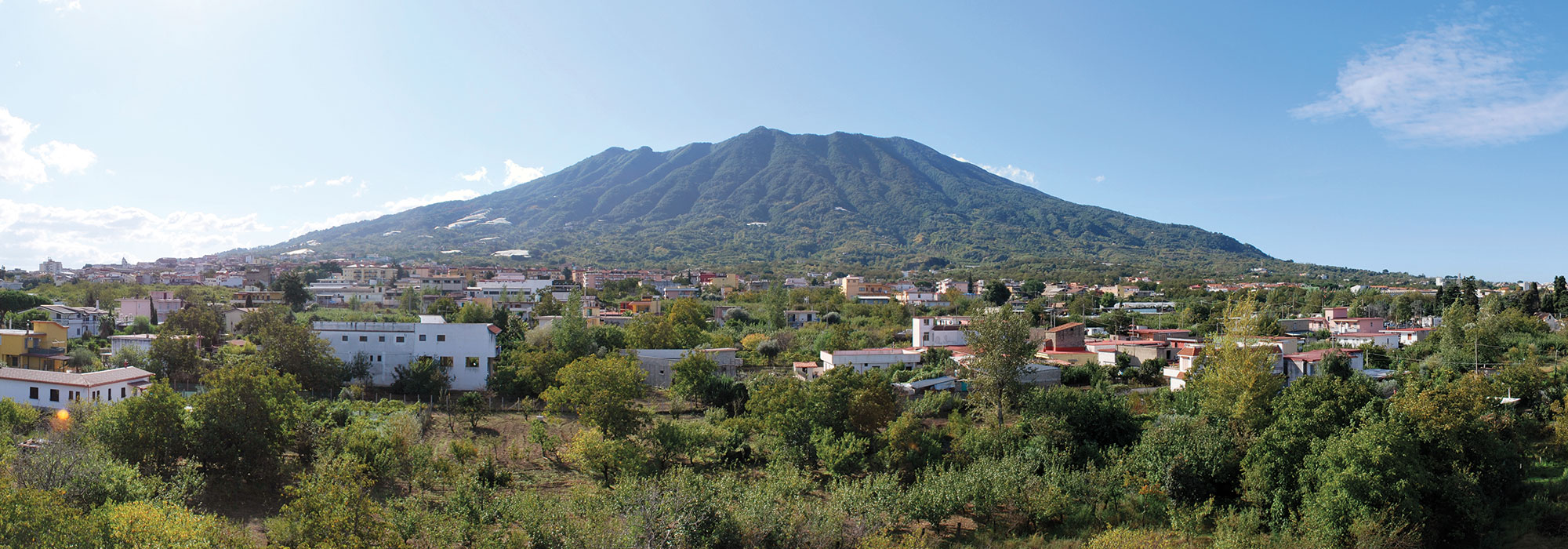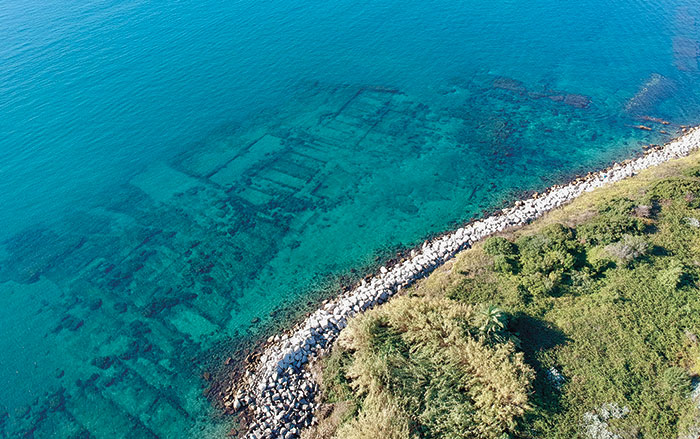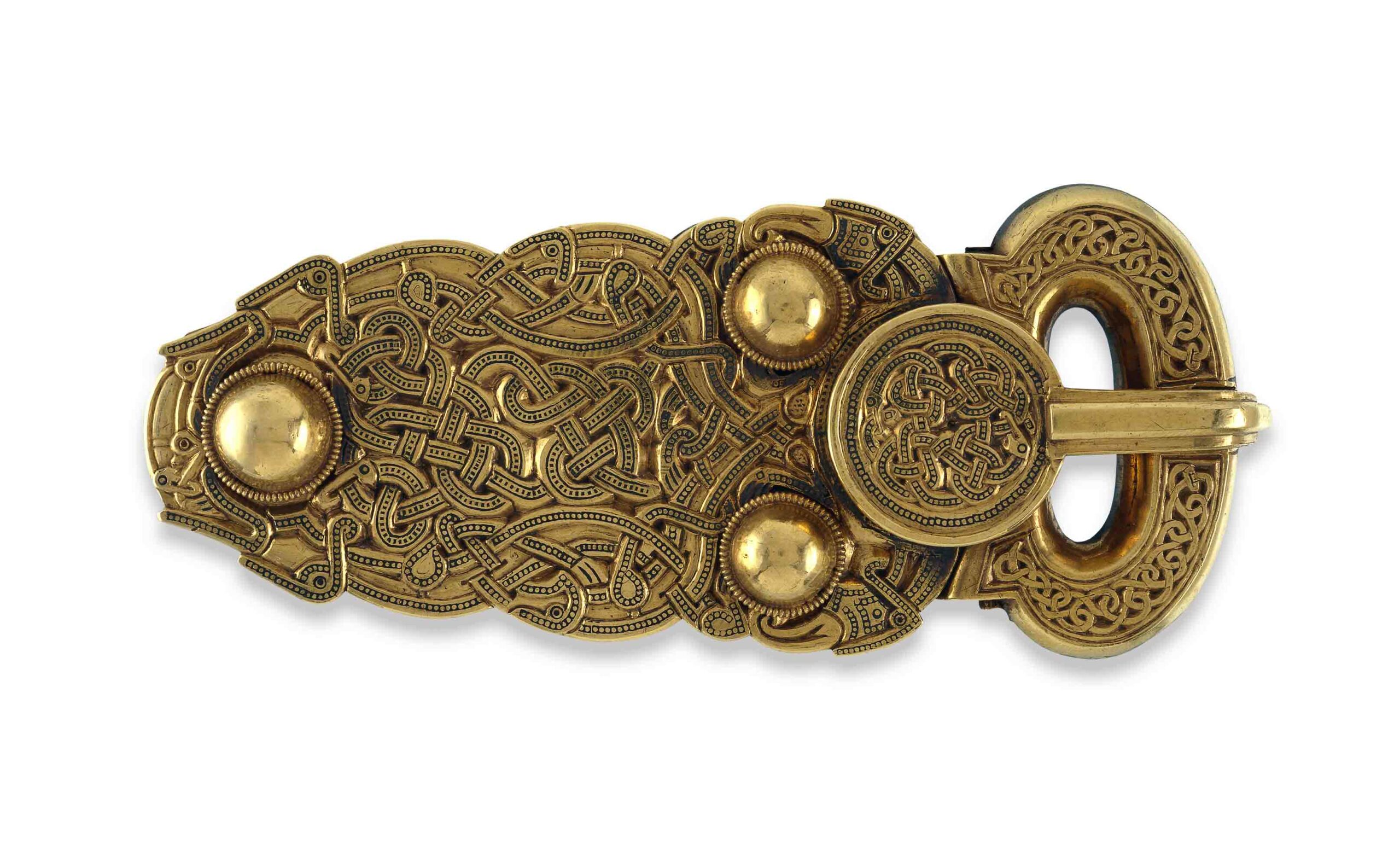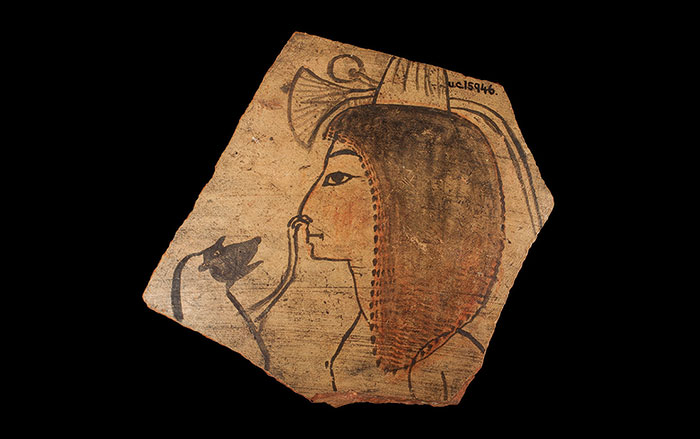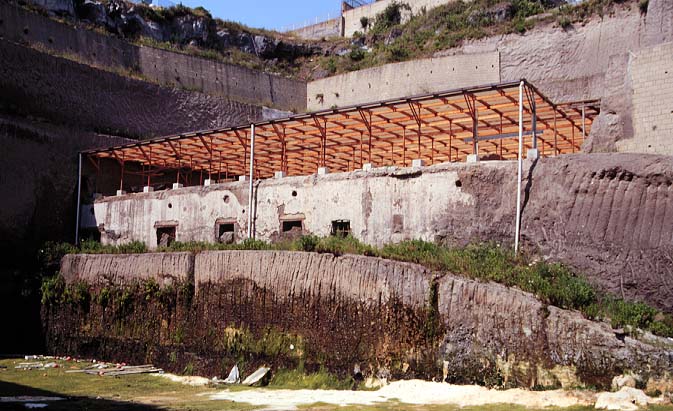
NAPLES, ITALY—Vito Mocella of the Institute of Microelectronics and Microsystems used x-ray phase-contrast tomography to look inside carbonized scrolls from the library at the Villa of the Papyri in Herculaneum. The library and its estimated 700 scrolls were burned and buried by the eruption of Vesuvius, and since its discovery in 1752, scientists and classicists have been attempting to unroll the papyri and read them. Mocella’s team was able to use the medical imaging technology, which is usually used to examine soft human tissues, to detect the tiny bump of ink on the surface of a scroll without damaging the fragile artifact. “It is a revolution for papyrologists,” he said of the study, published in Nature Communications. Daniel Delattre of the Institute for the Research and History of Texts in Paris examined the handwriting of the few letters and words that the team was able to recover. He thinks the scroll was written by a scribe known to have been working in the first century B.C., and that the text is likely a copy of a work by the Epicurian philosopher and poet Philodemus. Additional software could help speed up the process of reading the collection of scrolls, and trigger the continued excavation of the Villa of the Papyri. “One of the arguments against proceeding with the excavation of the villa is that we would be unable to read any scrolls that might be discovered, and until then it would be better to leave them underground. Now we are on the edge of possessing that technology, and, since an excavation will take some time to arrange, we might as well get started,” classicist Robert Fowler of the University of Bristol commented to Nature News. To read more about ancient papyri, see "Papyrus Fragment Bears Early Christian Prayers."


